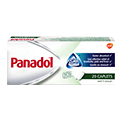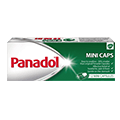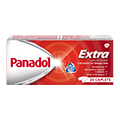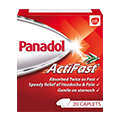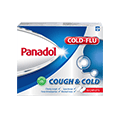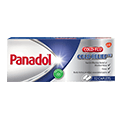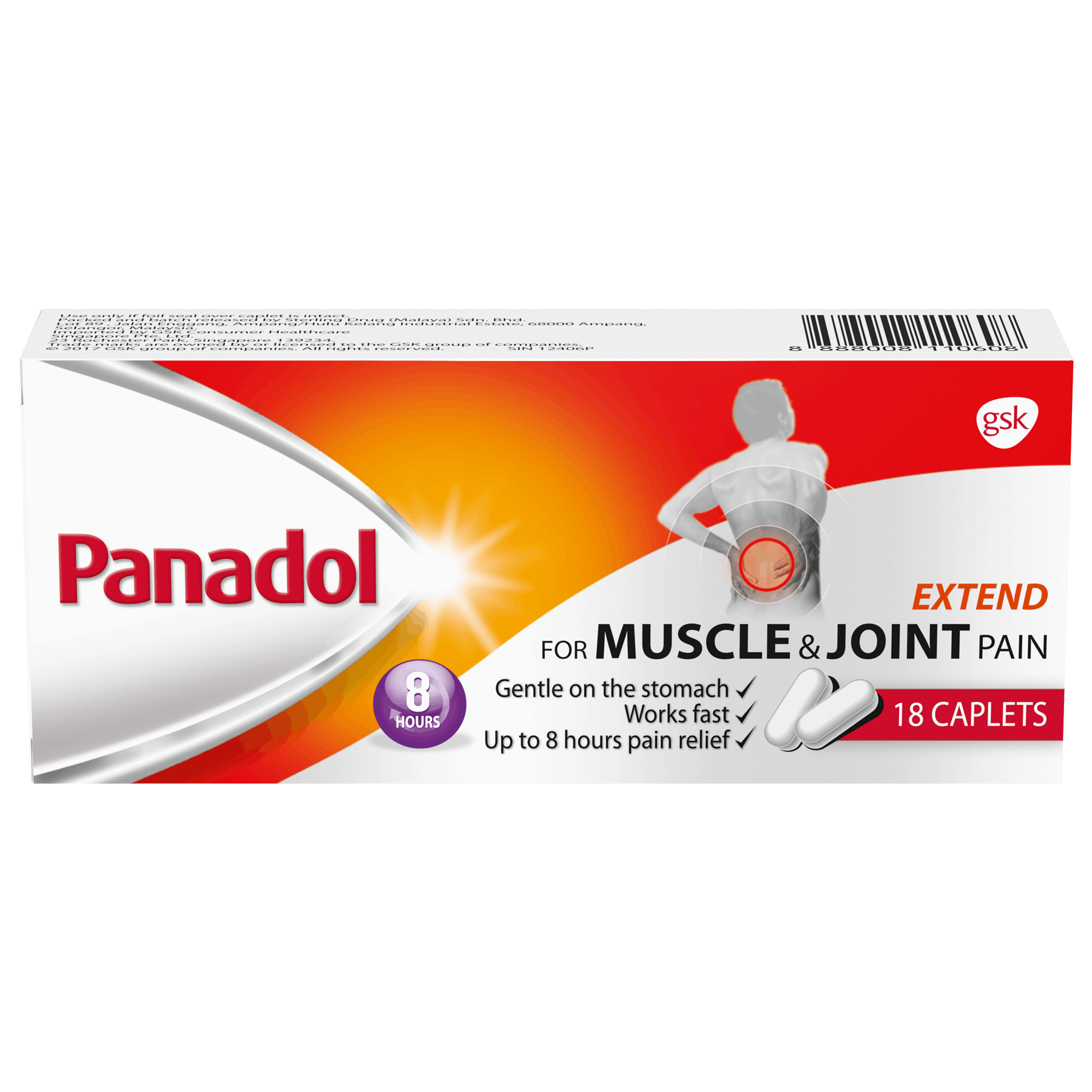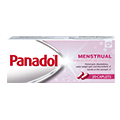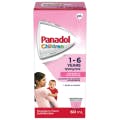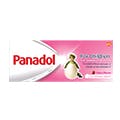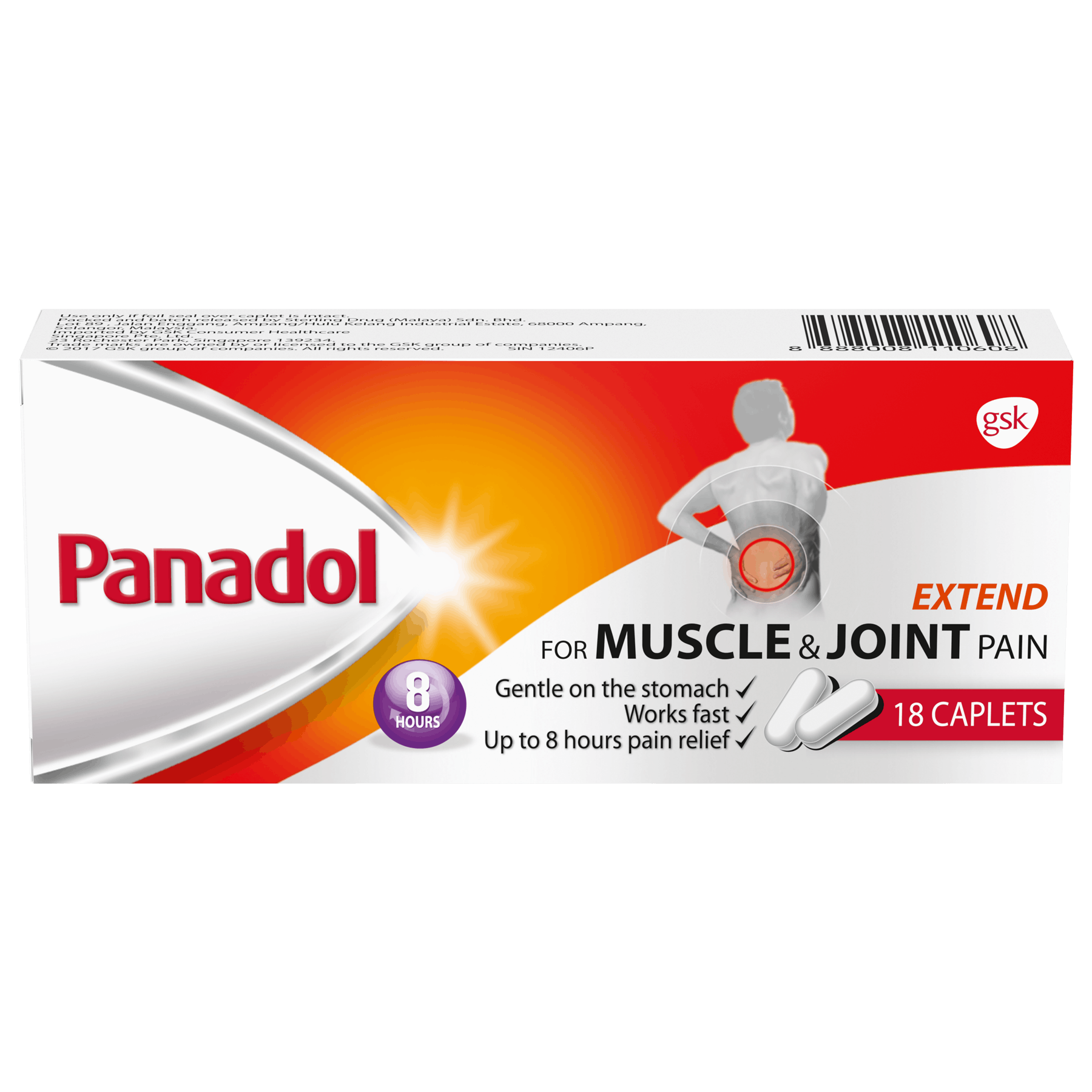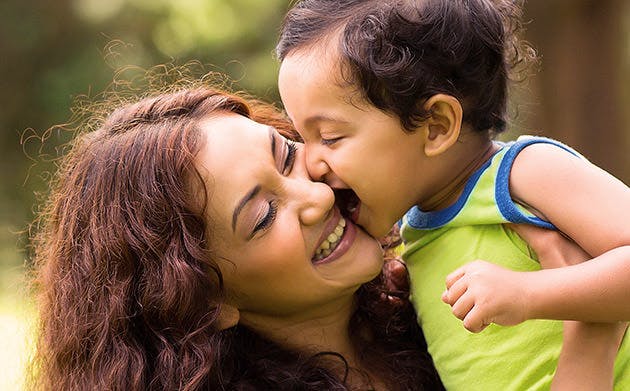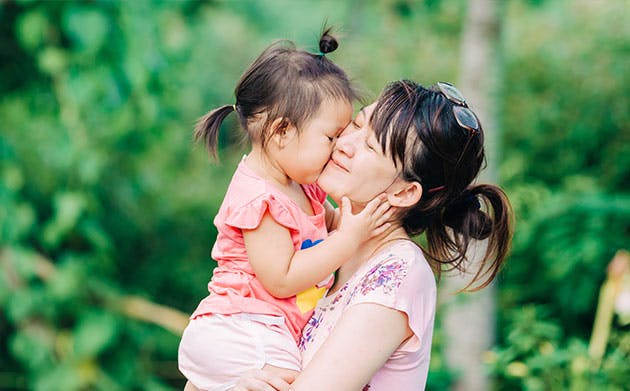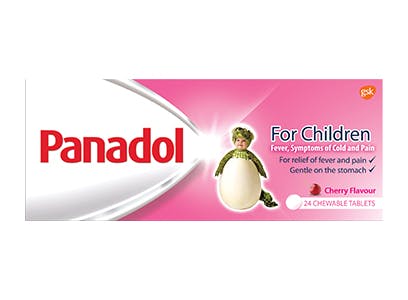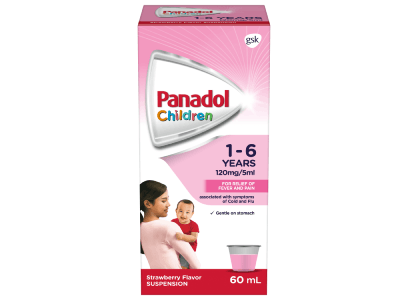

Panadol Children's Suspension 1-6 Years

Panadol Chewable Tablets

Panadol Children’s Suspension 1-12 Years

Panadol with Optizorb

Panadol Mini Caps

Panadol Soluble

Panadol Extra with Optizorb

Panadol ActiFast

Panadol Cold & Flu Hot Remedy

Panadol Cough & Cold

Panadol SinusMAX

Panadol Cold Relief PE

Panadol Extend

Panaflex Patch

Panadol Menstrual

Panadol Cold Relief PSE
Compare Now (0/5)
- Product
- Format
- Age
- Key Features
- Ingredients

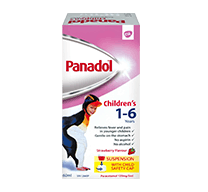
Panadol Children's Suspension 1-6 Years
- Suspension
- 1-6 Yrs
- Gentle on the Stomach
- Active Ingredient: 120 mg/5 ml Paracetamol
- No Alcohol.
- No Aspriin.

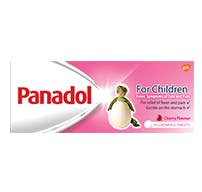
Panadol Chewable Tablets
- Chewable Tablets
- 2-12Yrs
- Gentle on the Stomach
- Active Ingredient: 120 mg Paracetamol

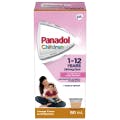
Panadol Children’s Suspension 1-12 Years
- Suspension
- 6 -12 Yrs
- Gentle on the Stomach
- Active Ingredient: 250 mg/5ml Paracetamol

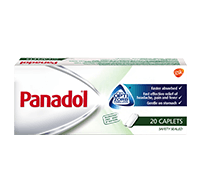
Panadol with Optizorb
- Caplets
- 12+ Yrs
- Quicker Absorption
- Active ingredient: 500mg Paracetamol

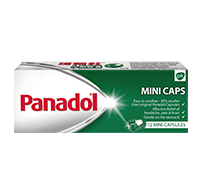
Panadol Mini Caps
- Caplets
- 12+ Yrs
- Easier to Swallow
- Active ingredient: 500mg Paracetamol
- No gluten, lactose or sugar

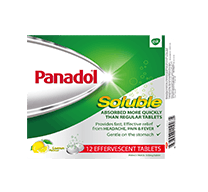
Panadol Soluble
- Effervescent Tablets
- 12+ Yrs
- Quicker Absorption
- Active ingredient: 500mg Paracetamol


Panadol Extra With Optizorb
- Caplets
- 12+ Yrs
- Fights Tough Pain
- Active ingredient: 500mg Paracetamol, 65mg Caffeine


Panadol ActiFast
- Caplets
- 12+ Yrs
- Absorbed 2x Faster
- Active ingredient: 500mg of Paracetamol.

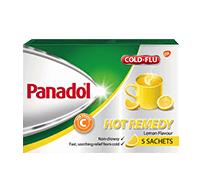
Panadol Cold & Flu Hot Remedy
- Powder Sachet
- 12+ Yrs
- Hot Drink
- Active ingredient: 750mg Paracetamol, 10mg Phenylephrine HCI, 60mg Vitamin C

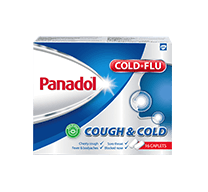
Panadol Cough & Cold
- Caplets
- 12+ Yrs
- Multi-Symptomatic Relief
- Active ingredient: 250mg Paracetamol, 5mg Phenylephrine HCI, 100mg Guaiphenesin

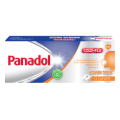
Panadol SinusMAX
- Caplets
- 12+ Yrs
- Sinus Pain
- Active ingredient: 500mg Paracetamol, 5mg Phenylephrine HCI

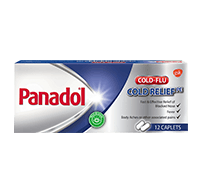
Panadol Cold Relief PE
- Caplets
- 12+ Yrs
- Relief of Cold & Flu Symptoms
- Active ingredient: 500mg Paracetamol, 5mg Phenylephrine HCI


Panadol Extend
- Caplets
- 12+ Yrs
- Long-Lasting Relief
- Active ingredient: 665mg Paracetamol


Panaflex Patch
- Patch
- 12+ Yrs
- Back Pain Remedy
- Active ingredient: 1.5% w/w Glycol Salicylate, 1.0% w/w L-Menthol, 0.5% w/w DL-Camphor, 0.3% w/w DL-α- Tocopherol Acetate (Vitamin E)

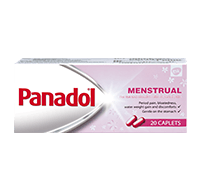
Panadol Menstrual
- Caplets
- 12+ Yrs
- Relief Period Pain
- Active ingredient: 500mg Paracetamol, 25mg Pamabrom


Panadol Cold Relief PSE
- Caplets
- 12+ Yrs
- Relief of Blocked and/or Runny Nose and Other Cold Symptoms
- Active ingredient: Paracetamol 500mg, Pseudoephedrine hydrochloride 30mg
Minimise

Fever
The normal body temperature is between 36.5°C and 37.5°C. In healthy kids, fevers usually don't indicate anything serious. While it can be worrying when your child's temperature rises, a fever can actually be a good thing — it's often the body's way of fighting infections that are triggered by germs such as the flu virus. High fever, however, can make a child very uncomfortable and worsen problems such as dehydration.
MANAGING CHILDREN’S FEVER
Fevers are extremely common in children, with between 40-60% suffering from a raised temperature each year. The body’s normal temperature is around 37°C. However, it can vary according to the time of day. If your child’s temperature is over 37.5°C when measured orally, or 38°C when taken rectally, they have a fever.24,25,29
A fever in children can often be a good sign. Generally, fevers happen when your child’s immune system is fighting off infections such as a cold or flu, coughs and ear infections. At the first sign of attack, the body’s defences launch infection-fighting chemicals into the blood. These chemicals also affect the body’s thermostat, which is located in the brain and called the hypothalamus.26,27
Taking children’s temperature
There are various ways to take children’s temperature and check for symptoms of fever:29
- Orally. The thermometer is inserted under the tongue, the mouth is closed and a reading is taken.
- Rectally. The thermometer is gently inserted into the rectum (child’s bottom) and a reading is taken.
- Armpits. The thermometer is placed under the armpit and the arm is held against the side of the body while a reading is taken.
- Ears. A digital thermometer is inserted into the ear and a reading is taken.
It is important to remember that the temperature can vary according to the part of the body where it is measured, so always take the temperature at the same site.
Tips to reduce fever
If your child has a fever but is fine in every other way, you may not need to do anything aside from making sure they are properly hydrated. When a baby or child is breastfed or bottle-fed, the most appropriate fluid is breast milk or formula. In addition, cooled pre-boiled water can also be given to keep fluids up.24,28
If they seem unwell or distressed then you can consider giving children’s painkillers, such as Panadol®.29
Some other tips include:24,28
- dressing the child in light clothing
- keeping the child cool by ensuring a comfortable room temperature – take care not to make it too cold
- using a sponge soaked with lukewarm water can help to reduce fever – try not to use a cold sponge as this will have the opposite effect and can actually raise their temperature.

